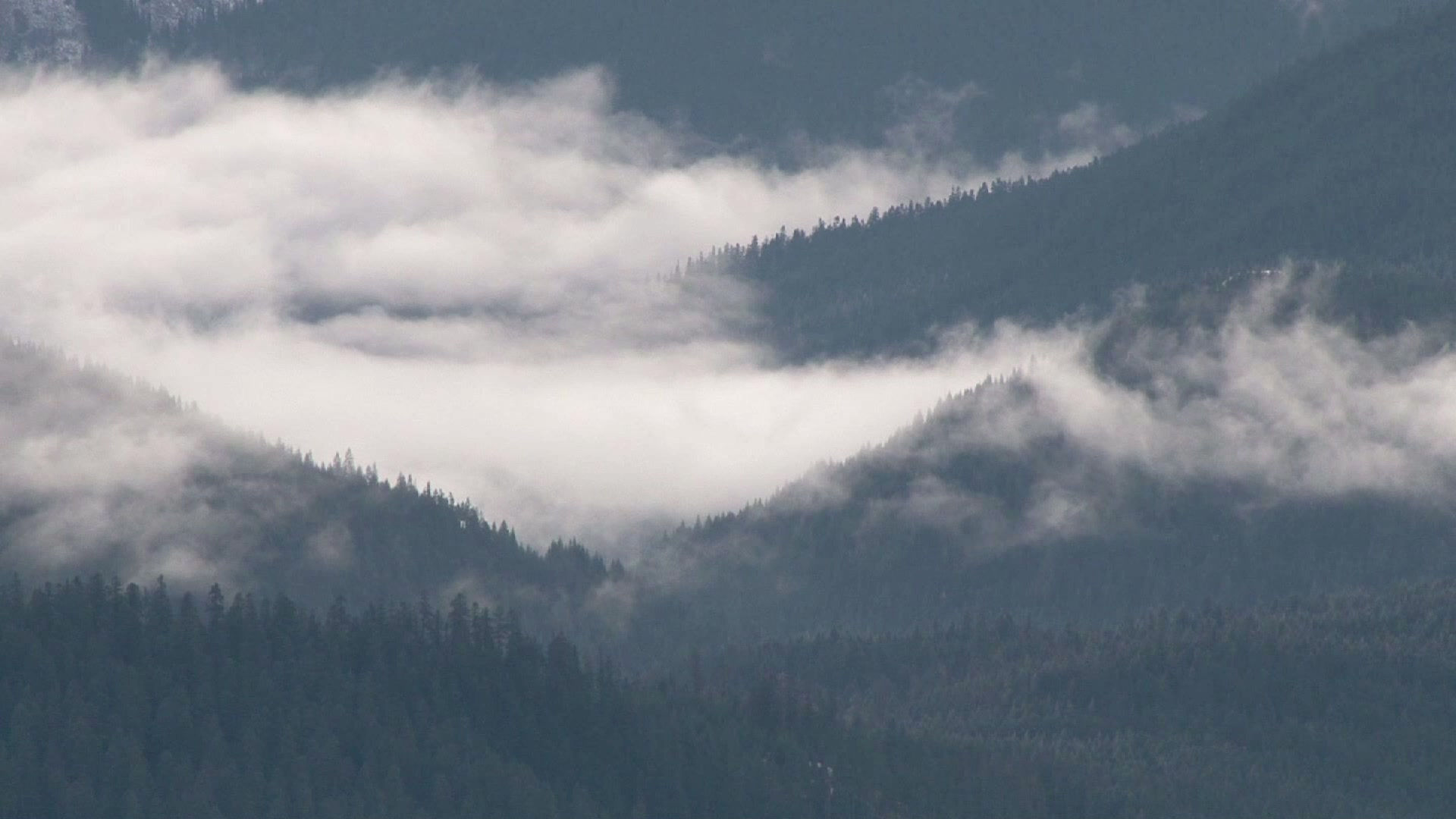top of page


Volcan Baru

Volcán Barú

Volcán Barú
Explore
Volcán Barú
El volcán Barú es la elevación más alta de Panamá y es el volcán más alto del sur de América Central, con una altura de 3475 msnm. En un día claro es posible ver el océano Pacífico y el mar Caribe desde su cima. Se ha reportado en la cima una caída ocasional de nieve granulada. La temperatura mínima es inferior a 0 °C durante noches despejadas desde diciembre hasta marzo, la formación de escarcha es frecuente. Según estudios científicos su última erupción tuvo lugar aproximadamente entre hace 400 y 550 años. Se estima que su altura era mayor, con la cima cubierta de nieves perpetuas. La erupción más reciente fue lateral, abriéndose un cráter en la parte suroeste-oeste, derritiéndose la nieve en la cima y teniendo lugar el colapso de la misma, provocando una gran avalancha de fango y lava.
El volcán fue declarado Parque Nacional Volcán Barú, en 1976, con una superficie de 14.325 hectáreas (35.400 acres). Es una parte del Corredor Biológico Mesoamericano. Fauna incluyen el guan negro, halcón águila blanca y negro, ratón del agua, pinzón Amarillo. Más de 250 especies de aves han sido identificadas en el parque, y las cinco especies de grandes felinos viven aquí también.
El parque nacional protege una variedad de hábitats, incluyendo bosques húmedos montanos, y las selvas tropicales montanos.
The Volcán Barú (also Volcán de Chiriqui) is an active stratovolcano and the tallest mountain in Panama, at 3,475 metres (11,398 ft) high. Due to its height and Panama's relatively short width, it is possible (though relatively rare) to see both the Pacific Ocean and Caribbean Sea from Volcán Barú's peak on a clear day. The occasional fall of hail or ice pellets has been reported on the summit, where the minimum temperature can be below 0 °C (32 °F) and the formation of frost is frequent during the dry season. The peak is host to a large installation of broadcast towers. The volcano was declared Volcán Barú National Park in 1976, with an area of 14,325 ha (35,400 acres). It is a part of the Mesoamerican Biological Corridor. Fauna include the black guan, black-and-white hawk-eagle, Underwood's water mouse, volcano junco, wrenthrush, and yellow-thighed finch. Over 250 species of birds have been identified within the park, and all five species of big cats live here as well. The national park protects a range of habitat, including humid montane forests, low humid montane forests, and montane rainforests. The park's most popular hiking trail is the Sendero Los Quetzales (Los Quetzales Trail), which connects Boquete with Cerro Punta and wraps around the side of the volcano. The trail takes around 6 hours to hike. There is another trail to the top of the volcano, but this is long, steep and strenuous. You can, however, see both the Pacific Ocean and Caribbean Sea from the summit on a clear day.
CONTACTENOS
"TOUR VOLCAN BARÚ "
Guía Certificado
+507 6776-3676
conozcachiriqui@gmail.com


























































bottom of page
